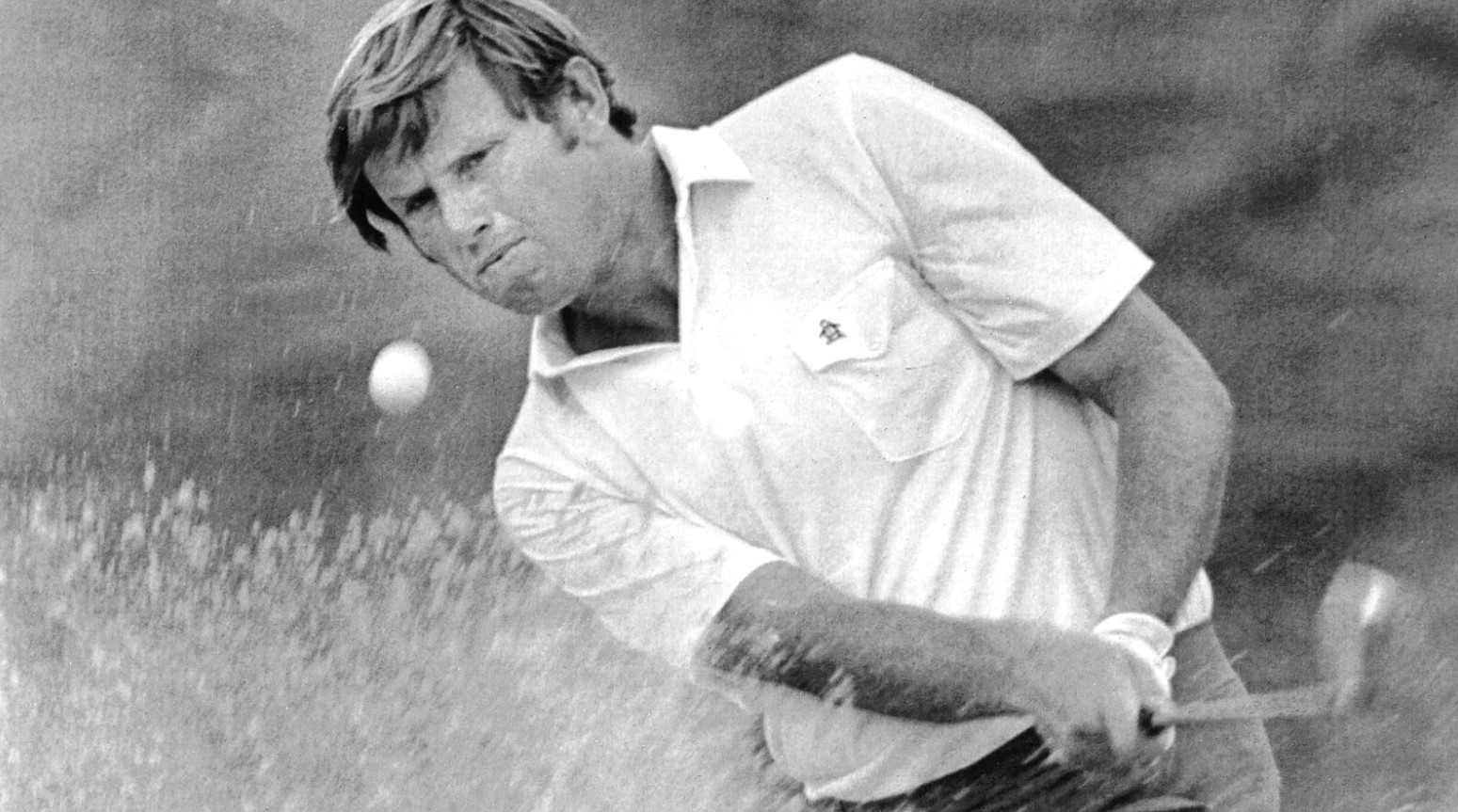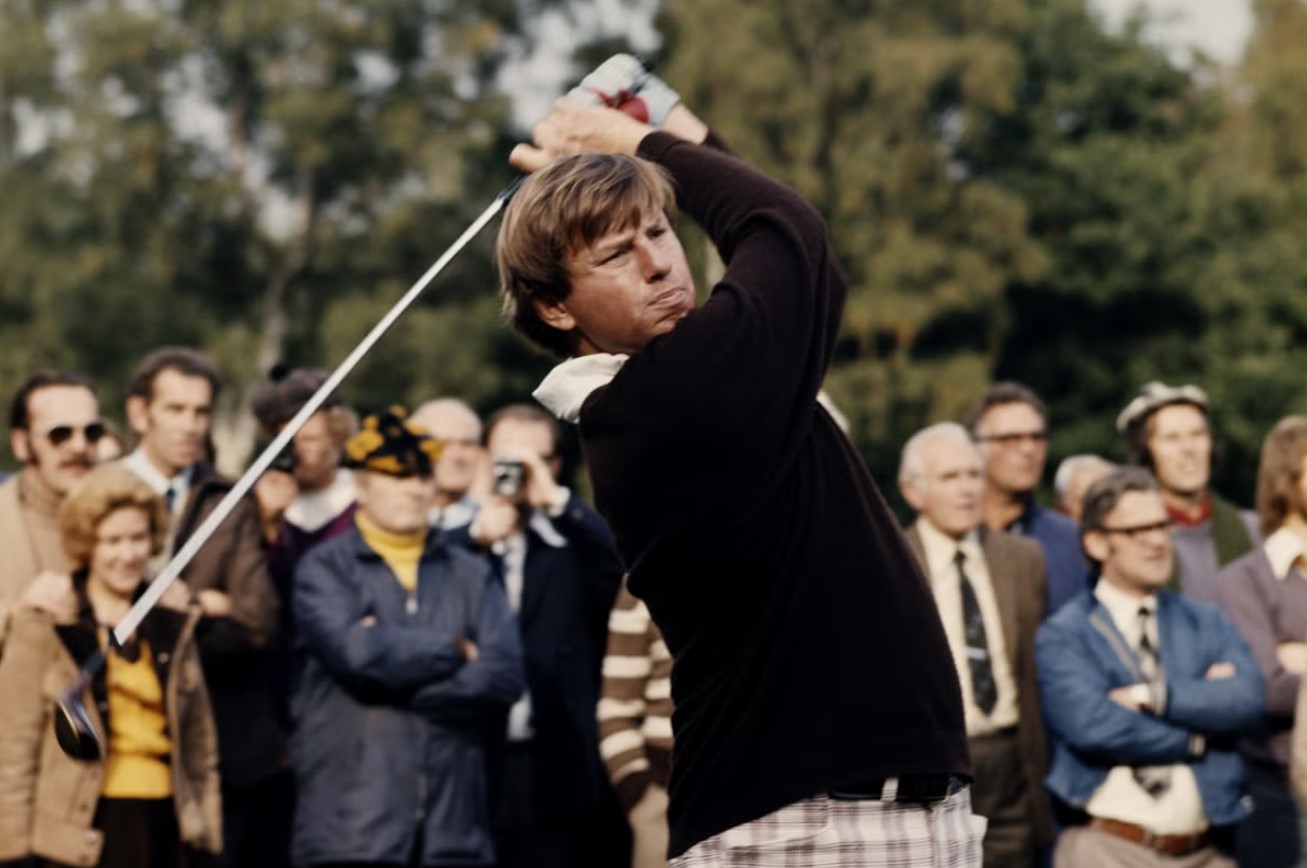During the 1970s, bridging the gap between Tony Jacklin’s dominance and the rise of Nick Faldo, Peter Oosterhuis, who passed away at the age of 75, stood out as Britain’s premier golfer. He held the top spot in Europe for four consecutive years, boasting an impressive Ryder Cup record, notably during an era dominated by the US. Oosterhuis also blazed a trail in the United States, becoming one of the first Europeans to commit full-time to the tour there, from 1975 to 1986. Later, he forged a successful second career as a golf analyst for CBS.

In total, Oosterhuis claimed victory in 20 tournaments worldwide, including notable wins at the Italian Open (1974) and two French Opens (1973 and 1974). He asserted his dominance on the newly established European tour from 1971 to 1974, topping the Order of Merit each year.
With eight top 10 finishes in majors, Oosterhuis came close to major victories, finishing as runner-up in the Open twice – at Royal Lytham & St Annes in 1974 and Royal Troon in 1982. His notable performance in the 1973 Masters, where he led for three rounds but ultimately tied for third, remained a highlight. This marked the best Masters position by a British player until Sandy Lyle’s triumph in 1988.
Oosterhuis’s success in the Masters instilled confidence, leading him to compete on the US tour, where British golfers were hesitant to venture in the mid-1970s. He spent nearly two decades in North America, participating in 314 tournaments and clinching victory in the Canadian Open in 1981. While European golfers are now a common sight on the US circuit, Oosterhuis stood almost alone in the 1970s and 1980s. Reflecting on his global mindset, he stated, “After Tony, I was really the only guy in Europe thinking globally. I made the effort to go over, and I proved to myself that I could compete.”
Perhaps Oosterhuis’s familiarity with golf in the US contributed to his remarkable performance in the Ryder Cup, where he competed six times consecutively from 1971 to 1981. Despite being on the losing side each time, his individual displays stood out as some of the finest in the event’s history. Starting from 1977, he formed a particularly effective partnership with Faldo, securing notable victories over Arnold Palmer, Nicklaus, and Johnny Miller. Throughout his Ryder Cup career, Oosterhuis won 14 out of 28 matches and halved three.
Oosterhuis was born in Dulwich, southeast London, to an English mother, Josie (née Frenken), and a Dutch father, Hans, who fled to Britain during the German occupation of the Netherlands in World War II. At the age of 12, his parents approached the nearby Dulwich and Sydenham Hill golf club to seek permission for him to pick blackberries on the course. While initially granted, Oosterhuis soon became more engrossed in golf than fruit picking, joining the club as a junior. He dedicated himself to the sport, playing relentlessly and honing his skills to become a scratch golfer within two years.
After representing Great Britain in the 1967 Walker Cup and the 1968 Eisenhower Trophy as an amateur, Oosterhuis turned professional at the age of 20. Standing tall at 6 feet 5 inches, he defied the notion that height isn’t necessarily advantageous in golf, leveraging his stature to master an abbreviated, compact swing and a lethal short game.
Following a successful two-decade career at the pinnacle of his profession, Oosterhuis departed from the US tour in 1987 to assume the role of director of golf at Forsgate Country Club in New Jersey. He later took on a similar position at Riviera Country Club in California, where he crossed paths with his second wife, Ruth Ann, who was a member there. Upon his return to Britain, in 1994, he agreed to provide analysis for Sky’s coverage of the US tour and contributed to the BBC’s coverage of two Open Championships.
From 1995 to 1997, Oosterhuis served as the lead analyst for the Golf Channel’s coverage of the European Tour, agreeing to take on the role only under the condition that he could travel with Ruth Ann. In 1998, he joined CBS, where his composed English delivery, dry humor, and authoritative commentary resonated with American audiences for nearly two decades.

In 2015, at 67 years old and now permanently residing in Charlotte, North Carolina, Oosterhuis made the announcement that he had been diagnosed with early-onset Alzheimer’s disease. Consequently, he decided to step down from his role at CBS. Earlier in his life, he had also received a diagnosis of obsessive-compulsive disorder. This led him to meticulously document every shot he took during tournaments and even catalog every bird species he encountered while playing, totaling approximately 500 over his career. He identified them using a copy of National Geographic Complete Birds of the World, which he always carried in his golf bag. Reflecting on his Alzheimer’s diagnosis, he mentioned, “There was a time when I could recall every course I’d ever played in fine detail, not just pars for the holes but even yardages.” He added, “I wasn’t an encyclopedia, but I was close. Now it just isn’t there.”
He is survived by Ruth Ann and her two children, Byron and Matthew, as well as by two sons, Robert and Richard, from his first marriage to Anne (nee Coney), which ended in divorce. Additionally, he is survived by four grandchildren: Peyton, Turner, Sutton, and Lachlan.